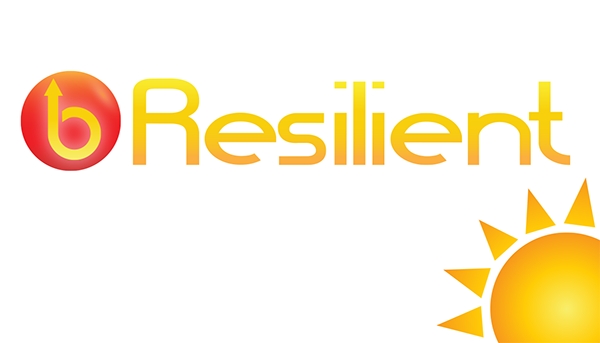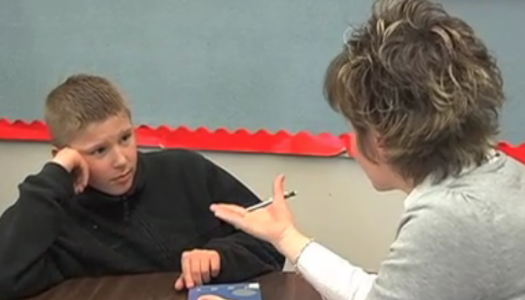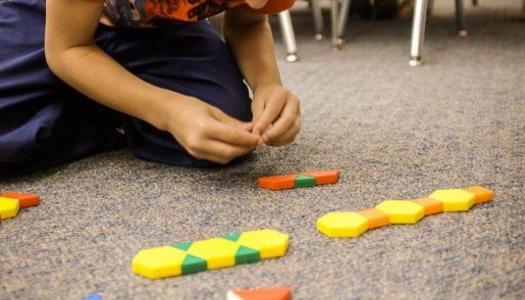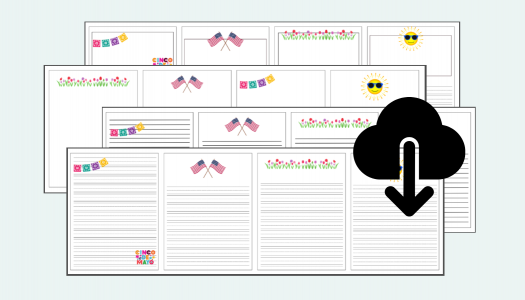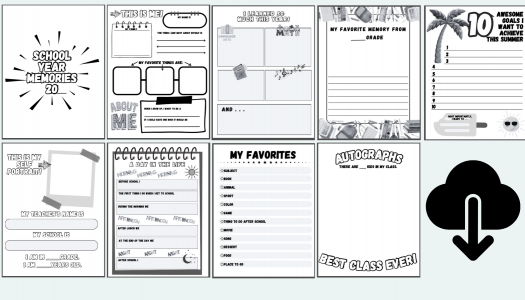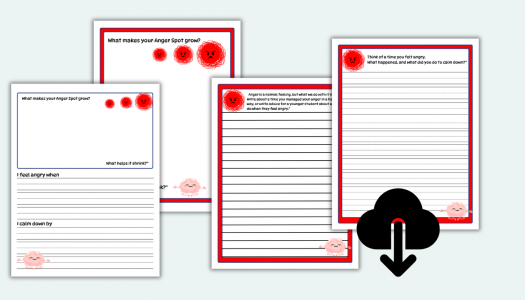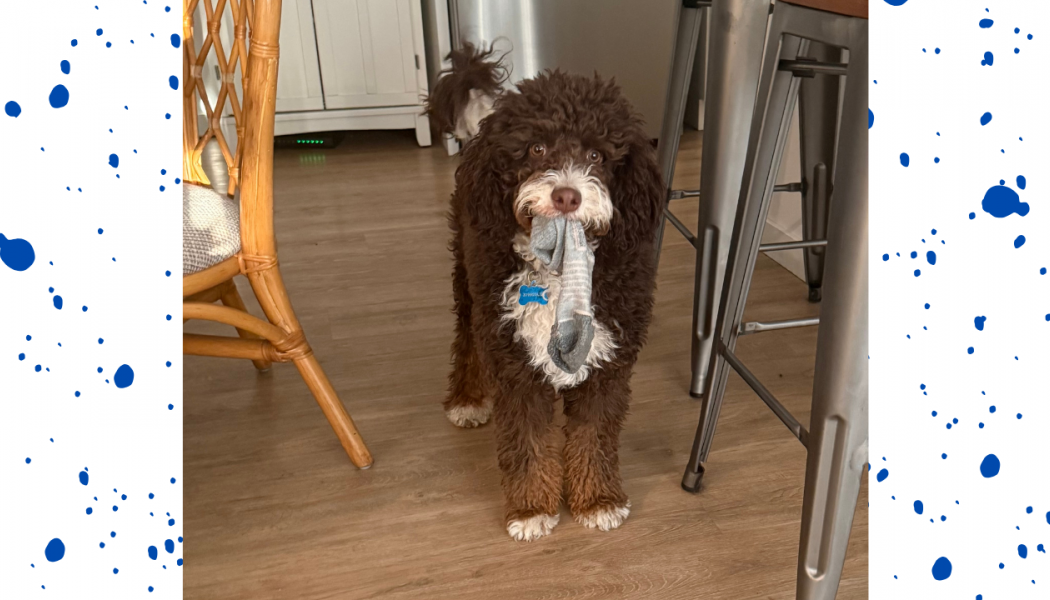
Samantha Behne
Pete, my sweet but mischievous puppy, has recently discovered a new favorite pastime—raiding the laundry hamper. With a wagging tail and an innocent face, he proudly parades around the house with a stolen sock, completely unaware (or maybe fully aware) of the chaos he’s causing. And while it’s adorable, I know I can’t let it slide. As much as I want to laugh and let him be, the reality is that he needs clear and consistent boundaries—not just for my sanity but for his safety. If I let it go one day and scold him the next, he won’t learn. He needs to know the expectation is always the expectation.
Sound familiar? It’s the same in the classroom. Our students, like Pete, test boundaries—not out of defiance, but because they are learning where the limits are. And just like Pete, they need consistency. If expectations change based on our mood, energy level, or how “cute” their excuse is, they will struggle to understand what’s truly expected of them. It’s not about being strict; it’s about being clear, predictable, and fair. Some days, holding that line feels easy. Other days, when we’re exhausted or they flash those big, hopeful eyes, it’s tough. But in the end, consistency is an act of care. It helps our students feel safe, know what to expect, and ultimately grow.
So whether it’s a sock-stealing puppy or a student pushing a classroom rule, our job remains the same—loving, patient, and consistent guidance. Even when they’re just so dang cute.
News From The Daily CAFE
May Writing Paper
End-of-Year Memory Book
Anger Management: Taming Big Feelings
